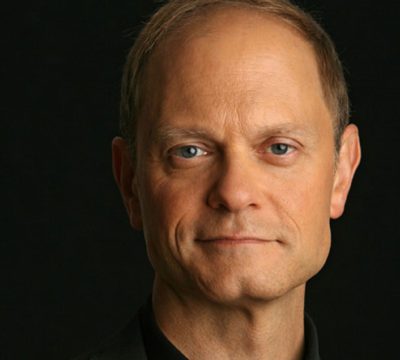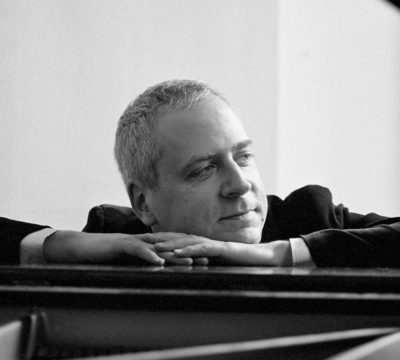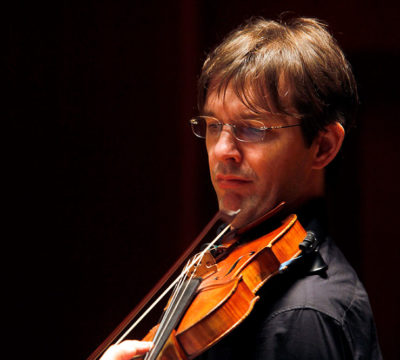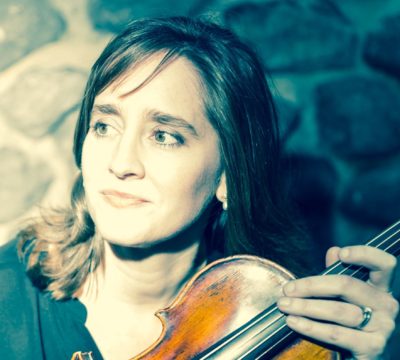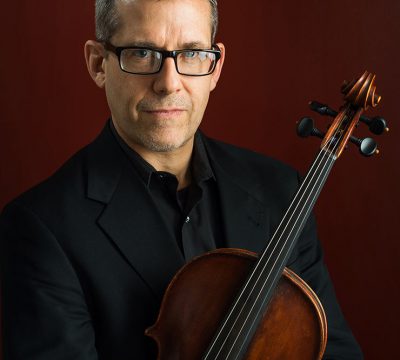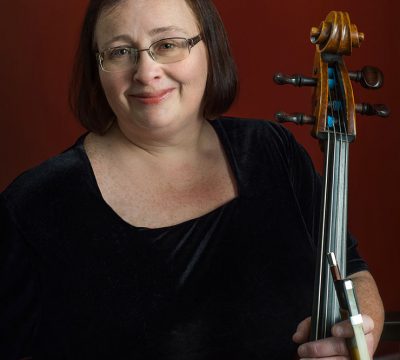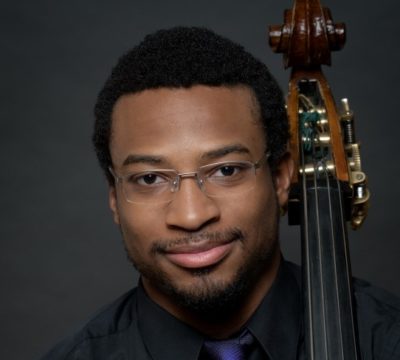Keyboard Royalty – Dress
Part of: The October Chamber Music Series
Welcome to OSLive Streaming!
During the performance, OSL staff members will be standing by in the chat on this page, on Facebook.com/OSLmusic and other social media, and at tickets@OSLmusic.org. If there is any interruption in the video, please wait a few moments and refresh your browser. If that does not resolve the issue and your internet connection is working, please await further instructions by email.
How to stream to your smart TV
Questions? Contact our Box Office: tickets@OSLmusic.org
Program
Johann Sebastian Bach

Keyboard Concerto No. 5 in F minor
Though Bach’s extensive oeuvre contains only seven complete keyboard concertos, the form was championed by his sons, who, in their own keyboard concertos, spread the genre throughout Western Europe and inspired the next generation of composers, such as Haydn, Mozart, and Beethoven, to compose their own definitive keyboard and piano concertos.
But it wasn’t the influence of Bach’s seven keyboard concertos alone that lasted into the next century; the concertos themselves continued to be admired and performed, even while Bach’s other scores were forgotten. One of Bach’s greatest champions at the end of the eighteenth century was harpsichord virtuoso Sara Levy, who often performed Bach’s keyboard concertos. Admiration for J.S. Bach ran in the family; both Levy’s grandniece and grandnephew Fanny and Felix Mendelssohn often performed Bach’s keyboard concertos in concert throughout their careers.
Bach’s Keyboard Concerto in F minor, BWV 1056, is the fifth and shortest of his seven surviving keyboard concertos. Like most of the concertos in this group (BWV 1052–1058, with only a fragment of 1059a remaining), the Keyboard Concerto in F minor is a pastiche of pre-existing material. Bach’s ability to take his own music and transform it—through changes in instrumentation, orchestration, mode, or function—was one of his defining and most creative features. The material for the first and final movements is believed to have been recycled from a now-lost violin concerto, while the middle movement is an arrangement of the Sinfonia to Bach’s cantata Ich steh mit einem Fuss im Grabe, BWV 156.
In the first movement (Allegro), the keyboard soloist and the string orchestra play in opposition to one another from the very beginning: the orchestra imposes a strict binary rhythm that the keyboard rebels against with persistent triplets. In the delicate Largo, the keyboard plays a wandering yet contemplative melody while the orchestra keeps time and shapes the harmony with whispered pizzicatos. The final Presto movement is a virtuosic showpiece for both keyboard and orchestra, with surprising syncopations and sudden pauses that give it an invigoratingly unpredictable air.
Johannes Brahms

Piano Quintet
Johannes Brahms began writing what would one day become his only piano quintet in 1862, when he was just 29 years old. The young composer already had an impressive resume, both professionally and personally. For one, he was a prolific composer, although he was still working to find his voice, frequently burning his manuscripts out of frustration. He was also well-connected and counted among his friends, mentors, and supporters Clara Wieck Schumann and her late husband Robert, both of whom provided him with invaluable guidance and encouragement. But the piano quintet seems to represent a turning point in his development as a composer. The music itself shows Brahms boldly experimenting with form, development, harmony, rhythm, and sonic possibilities, while the extended genesis of the piano quintet—which includes at least one manuscript in flames—suggests that he was continuing to work out his musical ideas and striving to uncover his true voice.
Now recognized as one of Brahms’ masterpieces and a significant chamber work of the 19th century, the piano quintet began life as a string quintet with two cellos—an unusual combination also employed in string quintets by Mozart and Schubert. But after receiving some gentle criticisms from the violinist Joseph Joachim about the quality of the string writing, Brahms rewrote it as a sonata for two pianos. Brahms wasn’t ultimately satisfied with the new sonata, but he did receive encouragement and advice from Clara Schumann, who wrote him after he sent her the manuscript:
“The work is splendid, but it cannot be called a sonata. Rather it is a work so full of ideas that it requires an orchestra… These ideas are for the most part lost on the piano…So please remodel it once more!”
Brahms took Schumann’s work to heart and transformed the string quartet and the piano sonata into his only piano quintet. The resulting work is a towering and dramatic piece, full of contrasting musical moods and themes that seem to be going through an almost constant state of evolution. Brahms published the work in 1865—three years after he first set out to write a string quintet—and dedicated it to Princess Anna von Hessen. The world premiere took place on March 22, 1866 at the Leipzig Conservatory.
The moody and tempestuous Allegro non troppo first movement begins with the ensemble presenting the opening theme in unison; however, the five instruments quickly assert their own identities and the movement unfolds with unstoppable, thrilling force as each new theme is introduced and elaborately developed through the use of cross-rhythms and contrapuntal filigree. The tranquil Andante, un poco adagio second movement is a stark contrast to the more assertive activity of the first movement, beginning with a serene melody for the piano that forms the basis of the movement and reappears later in a more subdued and contemplative mood. The Scherzo third movement echoes the frantic, restless energy of the first movement with a pulsing energy created by the overlapping of three distinct melodic and rhythmic motives: one a rising melody, another marked by a strict dotted-rhythm later transformed into a fugue, and the third a march that grows into a stunning chorale. Similarly, the fourth and final movement echoes the mysterious opening of the first movement with a dramatic, brooding opening that leads into an up-beat Allegro non troppo section. Here, Brahms introduces three themes that once again form the foundation of the movement: a folk-like melody, a dance rhythm that recalls his famous Hungarian Dances, and a soothing, delicate melody. They weave in, out, and on top of one another, maintaining their unique identities but expanding in scope, gathering momentum that culminates in the quintet’s thrilling conclusion.
Support OSL
Your support allows OSL to serve our community with over 70 concerts every season throughout New York City and beyond, provide over 10,000 New Yorkers access to city-wide education and community programs, and offer affordable, state-of-the-art music production services through The DiMenna Center for Classical Music.
Donate ›